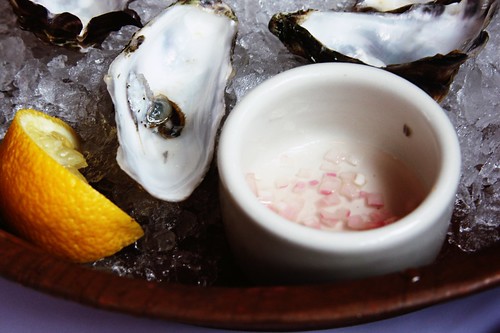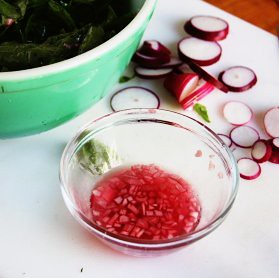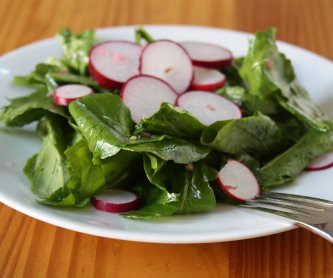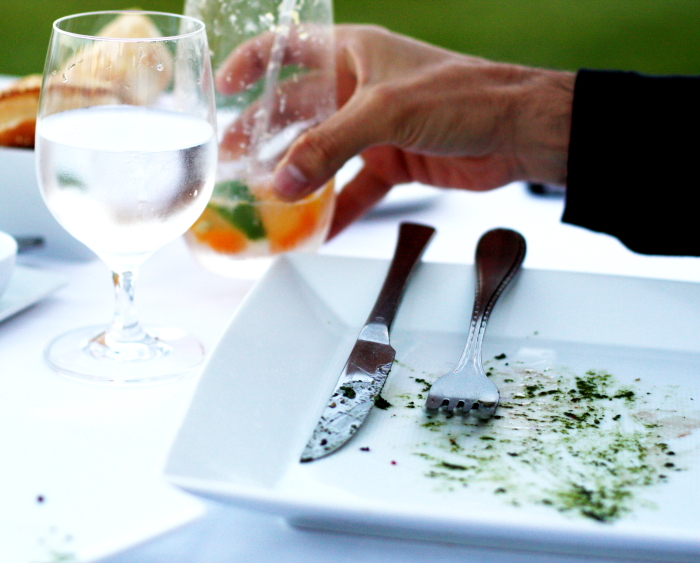 Finding good resources for inspiration or direct support within the food and beverage industry can be difficult. There are websites and food publications like Saveur, Lucky Peach, and Bon Appetit that may have helpful ideas you can use. Restaurant books, chef memoirs, and exposés on the service industry can give perspective and ideas. Reality television shows like Restaurant Impossible, Top Chef, and Kitchen Nightmares can entertain and teach by example.
Finding good resources for inspiration or direct support within the food and beverage industry can be difficult. There are websites and food publications like Saveur, Lucky Peach, and Bon Appetit that may have helpful ideas you can use. Restaurant books, chef memoirs, and exposés on the service industry can give perspective and ideas. Reality television shows like Restaurant Impossible, Top Chef, and Kitchen Nightmares can entertain and teach by example.
But it is face-to-face conversations with restaurant professionals that many in the food and beverage business lack the most. Thanks to the restaurant industry’s long hours, pace of business, and fierce competition restaurant leaders can easily get isolated from each other. Many restaurant pros rarely see fellow comrades, unless they run into each other at the same late night noodle shop or bar. And even then, we are frequently too exhausted to share quality resources or ideas.
Restaurant Unstoppable: The Pod Cast
Last week I was approached by Eric Cacciatore, creator of Restaurant Unstoppable, to be a guest on his weekly podcast. Restaurant Unstoppable is a weekly radio show that features industry professionals’ insights and tips on what it takes to succeed in the food and beverage industry. I had to admit I hadn’t heard of Eric’s show, but I was intrigued by his enthusiasm and dedication to growing an online resource for restaurant professionals.
Restaurant Unstoppable is a place where restaurant people can share insights and ideas that can be accessed at any time of the day. Bravo! I like what Eric is trying to do, so I agreed to be interviewed. Who doesn’t want to be part of building something cool?
Eric sent me a rather detailed questionnaire before our interview. His questions about what it’s like being a hospitality consultant got me thinking about simple solutions I could share with people in the restaurant business.
Here are a few hiring tips I shared:
- Smile when you interview applicants. If the applicant is unable to smile, don’t hire them if they are applying for a front of the house position.
- Have open interviews once a month, even if you don’t need people. It lets your current staff know how important doing great work is and it keeps you open to finding extraordinary people.
- Pay great people more. When you find great people, pay them a little bit more than average if you can afford it. Even $.50 more an hour can go a long way in making a difference in the choices of barista or counter person. Paying more encourage great people not to go elsewhere.
- Feed your team. Once you get a great team, make sure they’re fed. Offering a great staff meal can go a long way in making your food workers happy and perform well.


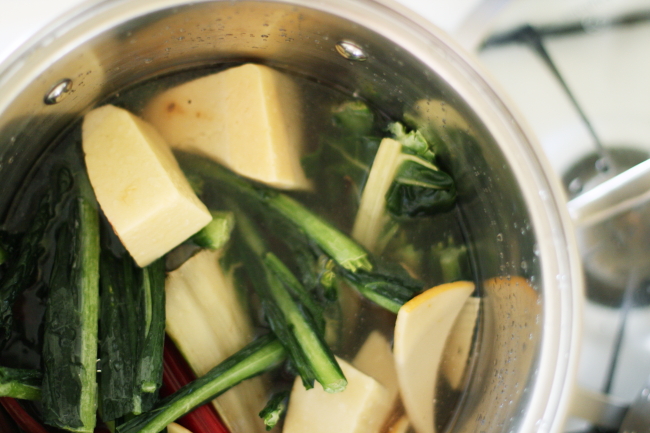
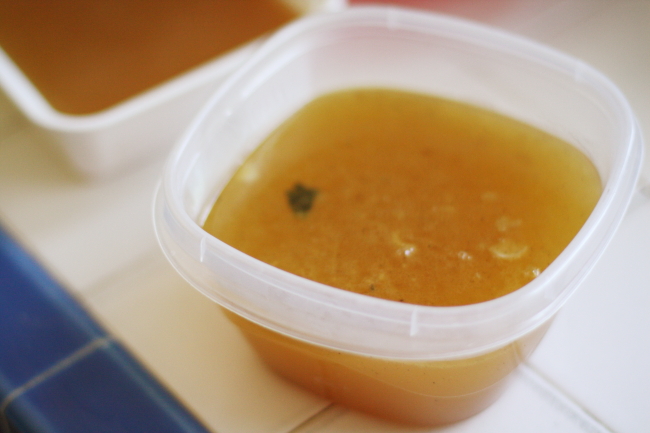


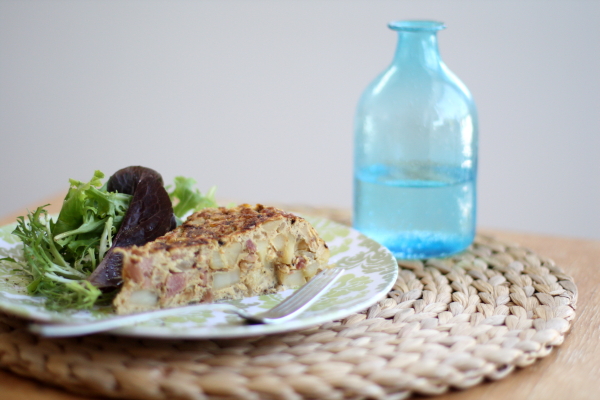
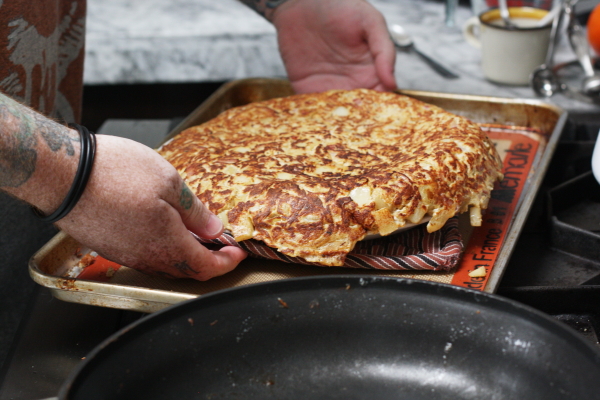
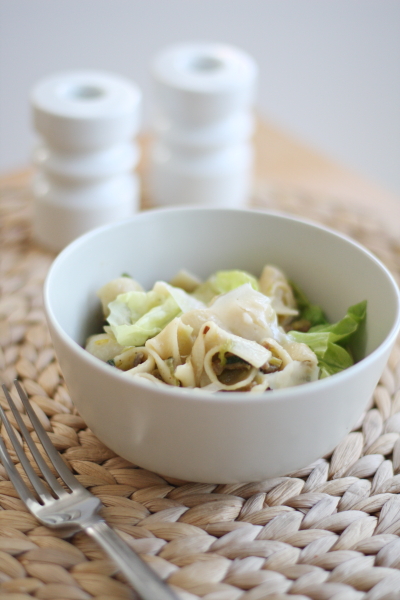



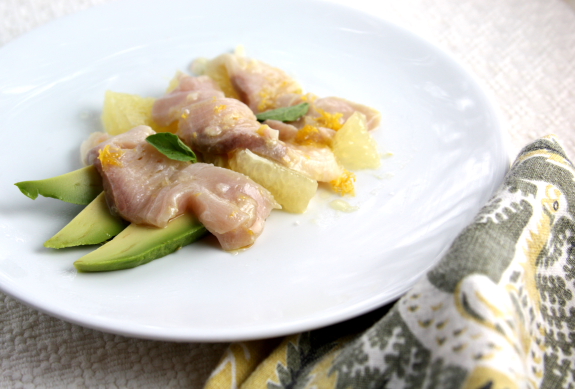
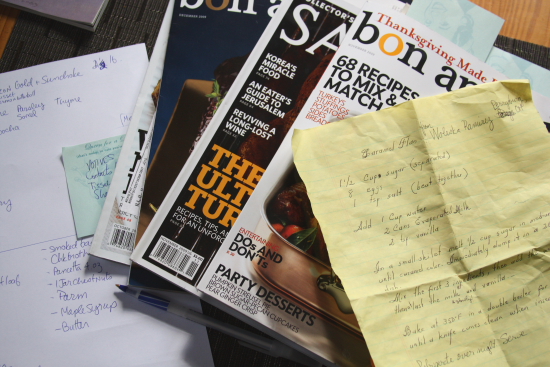




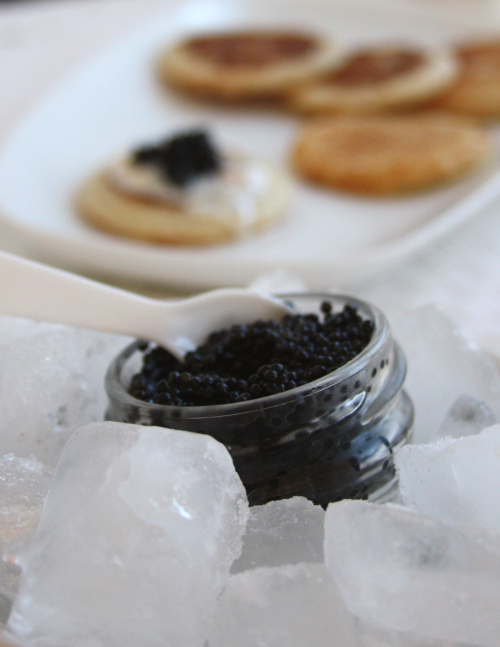

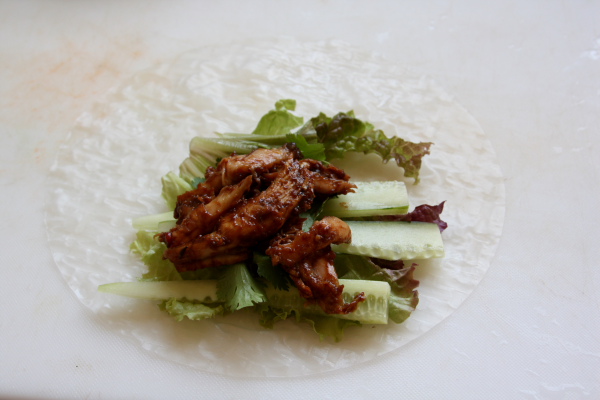



.jpg)

.jpg)
